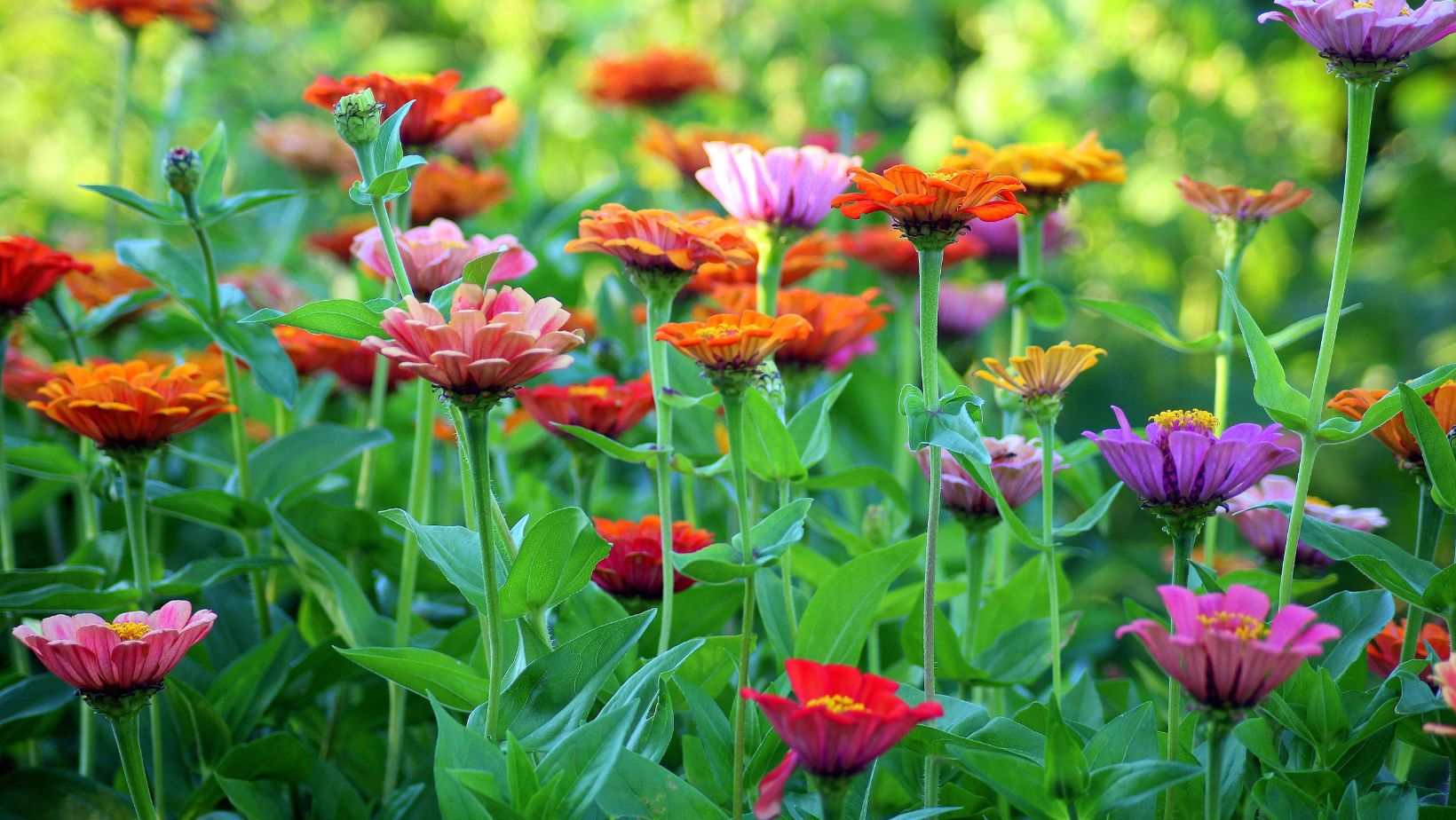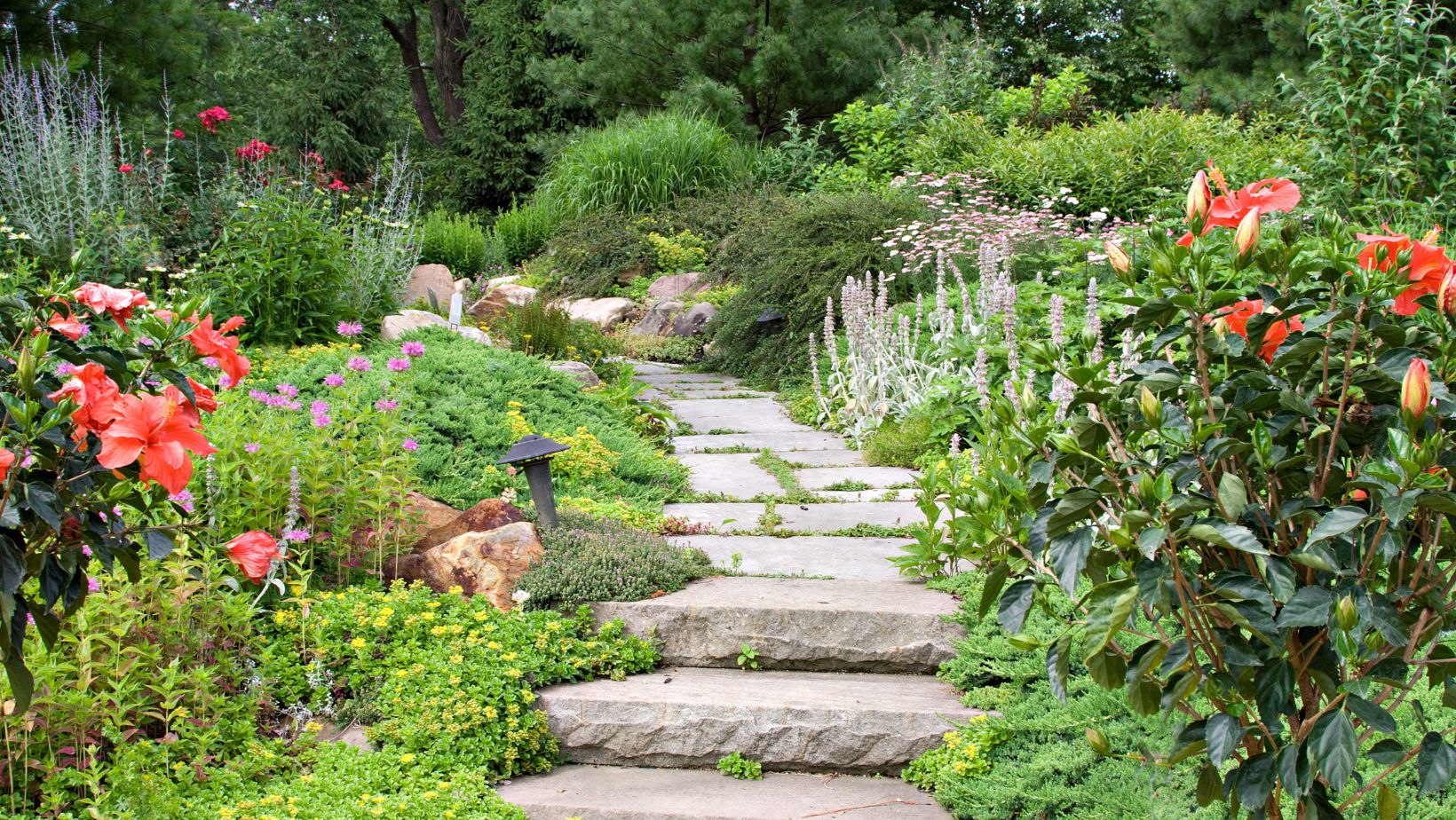You walk out to admire your garden and notice chewed leaves, droppings on pathways, or insects swarming around certain plants. It feels like no matter what you do, pests keep coming back. Some gardens seem to invite unwanted guests, creating a cycle that’s hard to break—unless you know what’s attracting them in the first place.
Often, the problem isn’t just the pests themselves but the environment that supports them. Dense overgrowth, cluttered corners, and damp hiding spots all provide perfect conditions for insects and rodents. Regular pruning and occasional vegetation removal in problem areas can instantly reduce habitats that pests rely on without stripping your garden of its charm.
Once you understand what’s drawing pests in, you can make simple, targeted changes that protect your plants and restore balance to your outdoor space.
Identify the Hotspots
Certain areas of your yard are more likely to attract pests than others. Look for places where:
- Moisture collects, like under dripping taps or in clogged drains
- Plant debris builds up, providing shelter for insects
- Overhanging branches or thick hedges touch your home, acting as bridges for pests
Walking your property and taking notes will help you pinpoint where to focus your efforts.
Keep Plants Healthy and Spaced Out
Crowded plants compete for nutrients and light, making them weaker and more vulnerable to pests. Thin out dense beds so air can circulate between plants. This discourages fungal growth and gives pests fewer places to hide. Regularly remove dead leaves and spent flowers to reduce food sources.
Manage Water Wisely
Standing water is a breeding ground for mosquitoes and other insects. Make sure gutters are clear, garden beds are well‑drained, and watering systems aren’t leaking. If you use saucers under pots, empty them regularly so they don’t collect stagnant water.
Choose Plants That Repel Pests
Some plants naturally deter pests. Integrating these into your garden can reduce the appeal of your beds without harsh chemicals. Consider adding:
- Lavender or rosemary to deter certain insects
- Marigolds near vegetables to repel nematodes
- Mint in containers to keep ants at bay
Pairing these with your favourite plants creates a healthier, more balanced environment.
Tidy Up Around the Perimeter
Pests often enter from the edges of your property. Keep fences and boundaries clear of long grass and creeping vines. Trim hedges regularly and remove any piles of wood or compost that sit too close to your home. These areas are common hiding places for rodents and insects looking for shelter.
Monitor and Act Early
Once you’ve cleaned up problem areas, keep an eye on the results.

A quick weekly check helps you catch issues before they spread. If you notice unusual damage or droppings, take action straight away rather than waiting for it to worsen.
When to Call in Help
If pests persist despite your efforts, it may be time to get professional advice. Pest control specialists can assess your property, identify hidden issues, and provide treatments tailored to your situation. Combined with good garden maintenance, this can break the cycle for good.
A Healthier, Happier Garden
Pests don’t choose gardens at random—they’re drawn to spaces that provide food, water, and shelter. By clearing overgrowth, spacing plants properly, and managing moisture, you make your yard far less attractive to them. A little extra care not only keeps pests away but also creates a thriving garden you can enjoy all year round.

